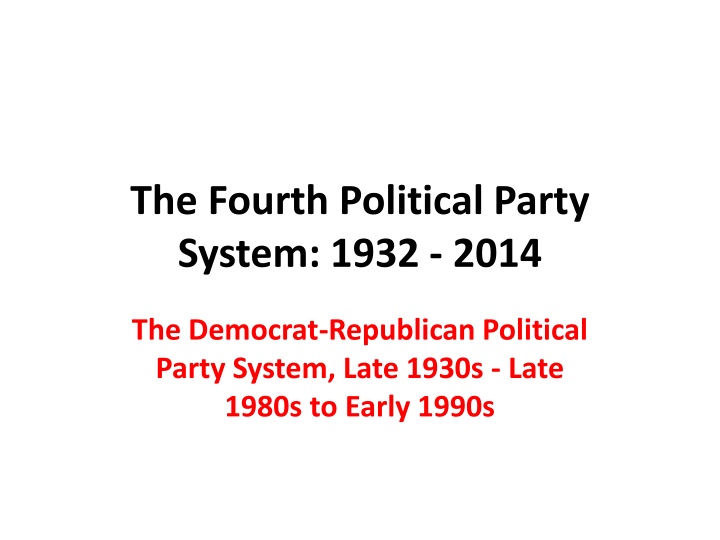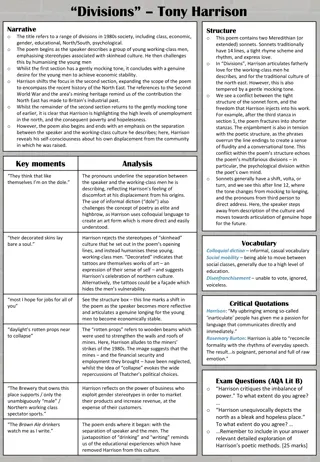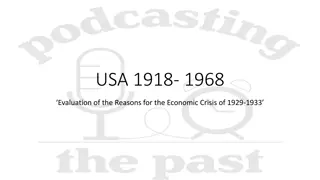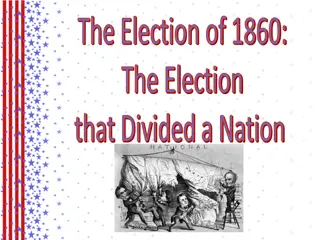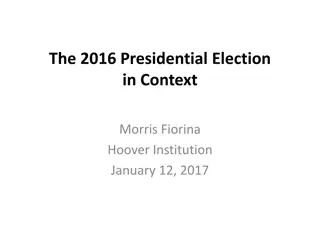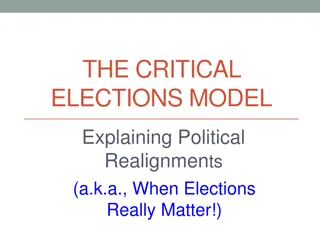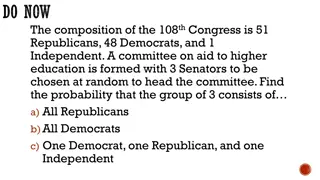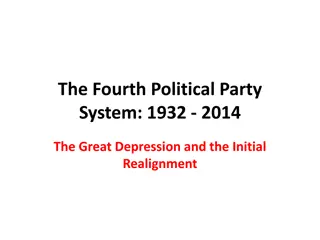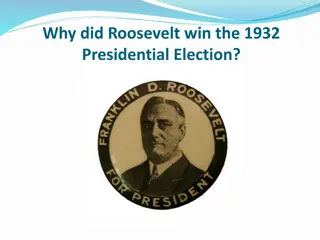Political Divisions and Purges in the Democrat-Republican Party System (1932-1938)
Divisions surfaced within the Democrat-Republican Party System in the late 1930s, marked by disputes over policies like Roosevelt's Court Packing Scheme and the Fair Labor Standards Act, leading to friction between Northern and Southern Democrats. President Roosevelt's attempt to purge conservative Democrats in the 1938 Primaries further deepened rifts, causing outrage among Southern Democrats.
Download Presentation

Please find below an Image/Link to download the presentation.
The content on the website is provided AS IS for your information and personal use only. It may not be sold, licensed, or shared on other websites without obtaining consent from the author.If you encounter any issues during the download, it is possible that the publisher has removed the file from their server.
You are allowed to download the files provided on this website for personal or commercial use, subject to the condition that they are used lawfully. All files are the property of their respective owners.
The content on the website is provided AS IS for your information and personal use only. It may not be sold, licensed, or shared on other websites without obtaining consent from the author.
E N D
Presentation Transcript
The Fourth Political Party System: 1932 - 2014 The Democrat-Republican Political Party System, Late 1930s - Late 1980s to Early 1990s
Divisions Began to Appear Between Northern and Southern Democrats in 1936 over: 1) Roosevelt s Court Packing Scheme of 1937 2) The Fair Labor Standards Act of 1937 3) Roosevelt s Attempt to Purge Some Southern Democrats in the 1938 Elections. 4) General unease with the 1935 Wagner Act (National Labor Relations Act) in the South
The Court Under Chief Justice Hughes: 1932 1937 The Switch in Time That Saved 9
In 1937-38 Voting on the Fair Labor Standards Act (Minimum Wages) Opened a serious Split between Northern and Southern Democrats. Southerners did not want Southern Agriculture to be constrained by the minimum wage because many of the Laborers were Black.
The Attempt to Purge Conservative Democrats in the 1938 Primaries The Purge was an effort led by President Roosevelt to target certain conservative senators for defeat in Democratic primaries, including Walter George of Georgia, Millard Tydings of Maryland and Ellison Smith of South Carolina, along with the chairman of the House Rules Committee, John J. O'Connor of New York. The Southern Democrats were outraged by Roosevelt s actions.
Walter F. George U.S. Senator from Georgia, 22 November 1922 2 January 1957 29 January 1878 4 August 1957
George supported some programs that he saw as beneficial to Georgia, primarily the Tennessee Valley Authority, Social Security,the Rural Electrification Administration, and the Agricultural Adjustment Act.In Roosevelt s first term he supported 34 New Deal bills that went through the Senate, opposing only 10.
During Roosevelt's second term, George opposed rigorous regulation of utility companies, the Wealth Tax Act, and Roosevelt's attempt to pack the U.S. Supreme Court with justices favorable to his New Deal policies. During World War II George strongly supported Roosevelt s War policies and shifted his views to be something of an Internationalist. He supported the establishment of the United Nations.
The National Labor Relations Act of 1935 (also known as the Wagner Act after New York Senator Robert F. Wagner) guarantees basic rights of private sector employees to organize into trade unions, engage in collective bargaining for better terms and conditions at work, and take collective action including a strike if necessary. The act also created the National Labor Relations Board, which conducts elections that can require employers to engage in collective bargaining with labor unions.
The Sit Down Strike at the General Motors Plant in Flint, MI, 30 December 1936 -- 11 February 1937
Union Membership: Percent of NonAgricultural Workforce 1930-2013 40 35 30 25 Percent 20 15 Non-Government 10 5
